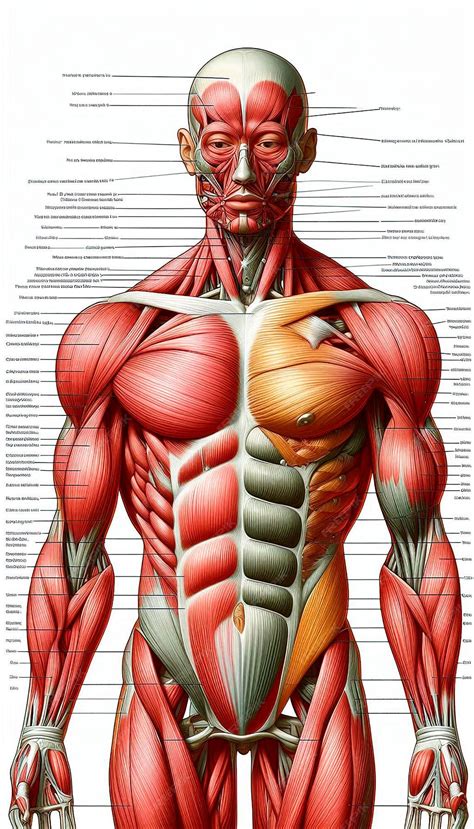Optimize male peak performance: What’s the most efficient strength training split?

For men striving to reach their physical peak, strength training is a cornerstone of success. It builds muscle, enhances power, improves bone density, and boosts metabolic health. However, simply lifting weights isn’t enough; the structure of your workouts – known as your strength training split – plays a pivotal role in maximizing gains, optimizing recovery, and sustaining long-term progress. With countless methodologies available, understanding what constitutes an ‘efficient’ split is key to unlocking your full potential.
Understanding Strength Training Splits
A strength training split refers to how you divide your muscle groups or movement patterns across your training week. The goal is to balance adequate stimulus for growth with sufficient time for recovery. An efficient split allows for optimal frequency (how often a muscle group is trained) and volume (total work performed) without overtraining or under-recovering.

Common Strength Training Splits and Their Efficacy
1. Full-Body Split
What it is: Training all major muscle groups in each session, typically 2-3 times per week.
Pros: High frequency for all muscle groups, excellent for beginners, promotes good recovery between sessions, time-efficient if you have fewer training days.
Cons: Limited volume per muscle group per session, can be very demanding if trying to maximize intensity.
Efficiency for Peak Performance: Highly efficient for strength and general fitness, especially for those new to lifting or with limited time. Can be effective for advanced lifters seeking strength maintenance or during deload phases.
2. Upper/Lower Split
What it is: Dividing workouts into upper-body days and lower-body days, typically 4 days a week (2 upper, 2 lower).
Pros: Allows for higher volume per muscle group per session than full-body, good frequency (training each group twice a week), balanced approach.
Cons: Can be challenging to recover from two intense upper or lower body sessions back-to-back if not managed properly.
Efficiency for Peak Performance: A very popular and highly efficient split for intermediate to advanced lifters aiming for both strength and hypertrophy. Offers a great balance of frequency and volume.

3. Push/Pull/Legs (PPL) Split
What it is: Dividing workouts into ‘push’ muscles (chest, shoulders, triceps), ‘pull’ muscles (back, biceps), and ‘legs’ (quads, hamstrings, glutes, calves). Often trained 3 or 6 days a week.
Pros: Excellent for targeting muscles synergistically, allows for high volume and intensity per session, very versatile (can be run 1x or 2x per week per muscle group).
Cons: Requires more training days for optimal frequency (6 days for 2x per week frequency), individual sessions can be long.
Efficiency for Peak Performance: Arguably one of the most efficient splits for hypertrophy and strength for intermediate to advanced lifters, particularly when performed 2x per week per muscle group. It groups muscles based on their function, leading to effective workouts.
4. Body Part Split (Bro Split)
What it is: Training one major muscle group per session (e.g., Monday: Chest, Tuesday: Back, Wednesday: Legs, etc.).
Pros: Allows for extremely high volume and intensity for a single muscle group, good for focusing on lagging body parts, often preferred by bodybuilders for muscle isolation.
Cons: Very low frequency for each muscle group (typically once a week), which is generally less optimal for strength and hypertrophy compared to higher frequency approaches, especially for natural lifters.
Efficiency for Peak Performance: Less efficient for most natural lifters seeking overall peak performance due to the low training frequency. While effective for some advanced bodybuilders, it’s generally not the top choice for maximizing strength and general athletic performance.

Factors for Choosing the Most Efficient Split
The ‘most efficient’ split isn’t universal; it’s highly individual. Consider these factors:
- Training Experience: Beginners often benefit from full-body for skill acquisition and higher frequency. Advanced lifters can handle higher volume and intensity from PPL or Upper/Lower.
- Recovery Capacity: Sleep, nutrition, stress levels, and age significantly impact recovery. A split that leads to chronic fatigue is inefficient.
- Time Commitment: How many days a week can you realistically train? A 3-day full-body or PPL might be better than a 6-day PPL if you can only commit three days.
- Specific Goals: Are you primarily focused on strength, hypertrophy, or a balance? Higher frequency (2-3x per week per muscle group) is generally superior for both.
- Individual Response: Pay attention to how your body responds. What works for one person may not work for another.

Optimizing for Male Peak Performance: Recommendations
For most men aiming to optimize peak performance – encompassing strength, muscle mass, and overall physical capacity – splits that allow for a muscle group frequency of 2-3 times per week tend to be the most efficient. This ensures consistent stimulus for growth and adaptation.
- For 3 training days/week: A 3-day Full-Body split or a Push/Pull/Legs (PPL) split where each group is hit once per week, but with high volume and intensity, can be effective.
- For 4 training days/week: The Upper/Lower split (2x Upper, 2x Lower) is highly efficient and offers a great balance.
- For 5-6 training days/week: A 6-day PPL split (Push, Pull, Legs, Push, Pull, Legs, Rest) is arguably one of the most efficient for maximizing hypertrophy and strength, given adequate recovery. This allows each muscle group to be trained twice a week with sufficient volume and intensity per session.
Sample 6-Day PPL Schedule:
- Monday: Push (Chest, Shoulders, Triceps)
- Tuesday: Pull (Back, Biceps, Rear Delts)
- Wednesday: Legs (Quads, Hamstrings, Glutes, Calves)
- Thursday: Push (Chest, Shoulders, Triceps)
- Friday: Pull (Back, Biceps, Rear Delts)
- Saturday: Legs (Quads, Hamstrings, Glutes, Calves)
- Sunday: Rest or active recovery

Conclusion
The most efficient strength training split for optimizing male peak performance is one that allows for sufficient frequency, adequate volume, and proper recovery, all while fitting into your lifestyle and individual recovery capabilities. For many, the Upper/Lower or Push/Pull/Legs splits (especially when hitting muscle groups twice a week) provide the best balance for maximizing both strength and muscle growth. Experiment, listen to your body, and don’t be afraid to adjust your approach as your goals and circumstances evolve. Consistency with an intelligent program will always yield the best results.








